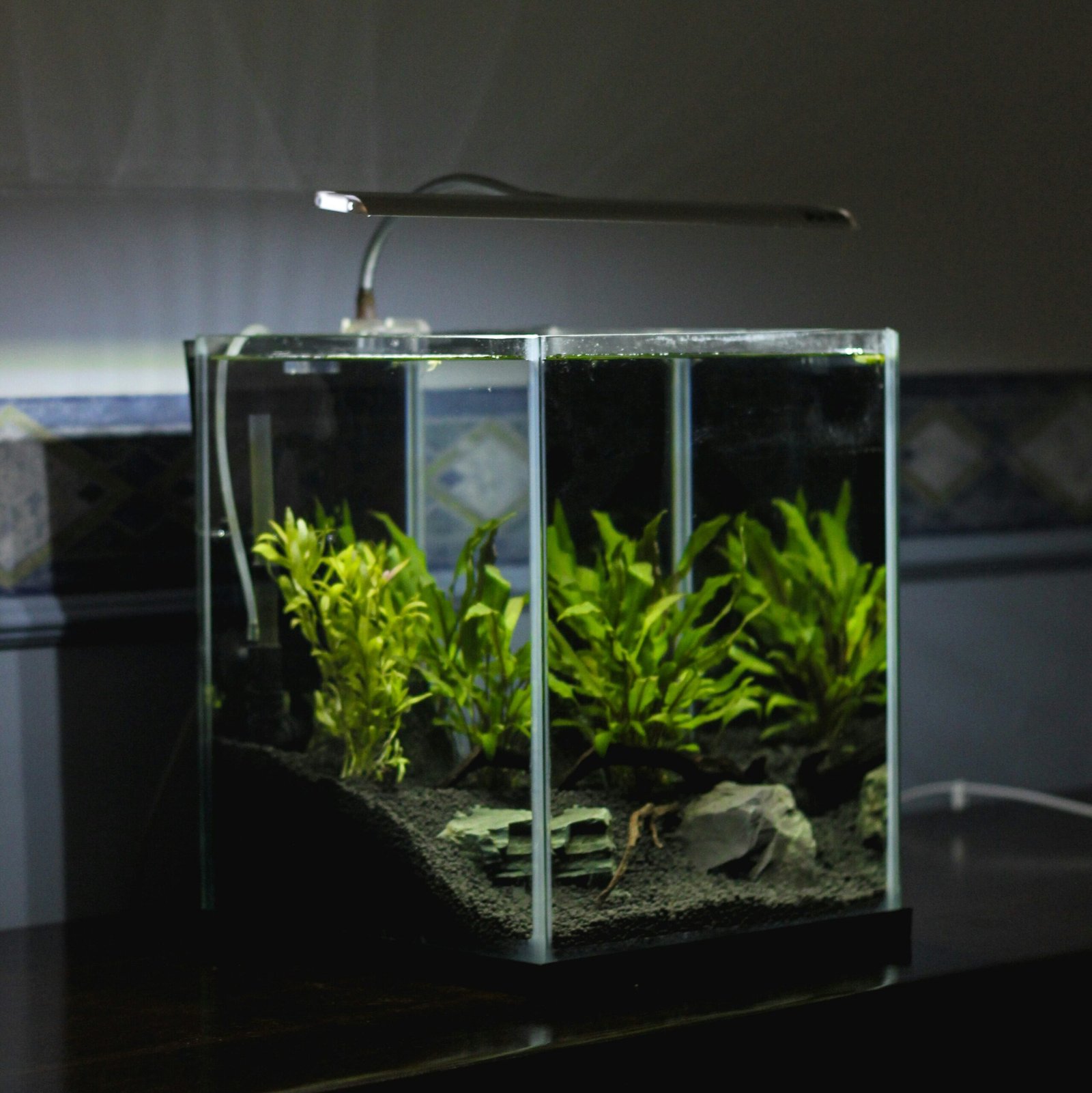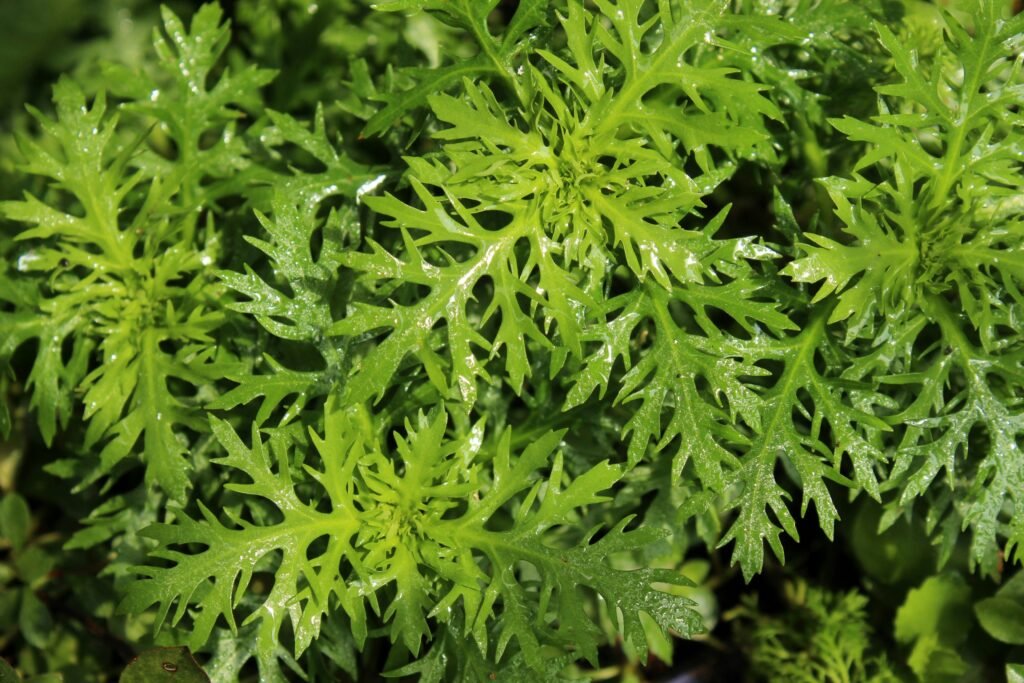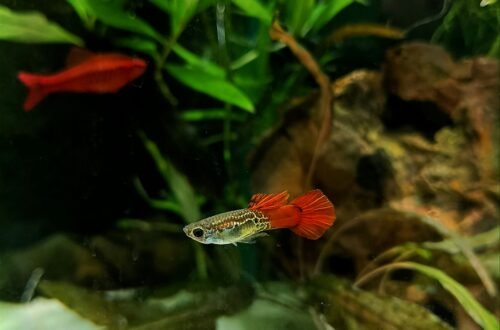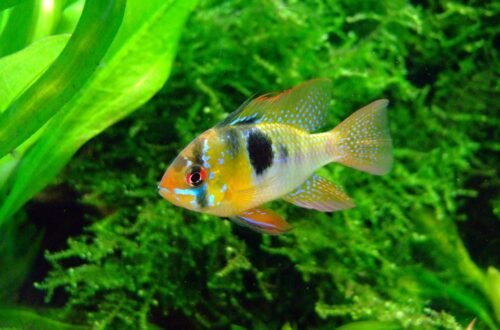Keeping aquarium plants alive can feel like an uphill battle, especially if you’re just starting out. Like me ,Many aquarists struggle with wilting leaves, algae overgrowth, or plants that simply refuse to thrive. However, with the right knowledge and approach, you can transform your aquarium into a lush underwater garden that not only survives but flourishes. This guide will walk you through everything you need to know to keep your aquarium plants healthy and vibrant.
Understanding Aquarium Plants
Aquarium plants come in different types, each with its own care requirements. Generally, they can be categorized into three main types:
- Submerged Plants: These plants grow entirely underwater and include popular choices like Amazon Swords and Anubias.
- Floating Plants: Floating on the surface, these plants, such as Duckweed and Water Lettuce, provide shade and shelter for fish.
- Emergent Plants: These grow partially submerged, with their roots underwater and leaves above, like some species of Cryptocoryne.
Choosing the right plants for your specific aquarium environment is crucial. Consider factors like water temperature, pH, and lighting when selecting plants.
Setting Up the Aquarium for Plant Health
A strong foundation is key to plant health, starting with the substrate. The substrate is the material lining the bottom of your tank and serves as the base for plant roots. Choose a nutrient-rich substrate like aquarium soil, which supports robust root growth.
Tank size is another important factor. Larger tanks provide more stable conditions, which can make it easier to maintain healthy plants. Additionally, hardscapes like rocks and driftwood not only add to the aesthetics but also provide surfaces for plants to anchor.
Choosing the Right Plants for Your Aquarium
If you’re new to planted aquariums, start with beginner-friendly plants like Java Fern, Anubias, and Vallisneria. These plants are hardy, can tolerate a range of conditions, and require minimal maintenance. As you gain experience, you can explore more demanding plants like Dwarf Hairgrass or Rotala.
It’s also vital to consider the specific water conditions of your tank. Some plants thrive in soft, acidic water, while others prefer hard, alkaline environments. Research your chosen plants to ensure they match your tank’s conditions.
Lighting Requirements for Aquarium Plants
Lighting is one of the most critical aspects of keeping aquarium plants alive. Plants need light to photosynthesize and grow. But not all light is equal. Aquarium plants require light in the right spectrum (usually around 6500K for freshwater plants) and at the appropriate intensity.
Too little light will result in slow growth and weak plants, while too much light can lead to algae problems. Setting up your aquarium lighting involves balancing the duration and intensity. Typically, 8-10 hours of light per day is sufficient for most plants.
Water Parameters and Their Impact on Plant Health
Water parameters, including pH, hardness, and temperature, significantly influence plant health. Most aquarium plants thrive in a pH range of 6.5 to 7.5, although some can tolerate more extreme conditions.
Water hardness refers to the level of dissolved minerals in the water. While many plants prefer soft to moderately hard water, some species, like African Anubias, are more tolerant of hard water.
Temperature is also crucial. Tropical plants generally thrive in temperatures between 72°F and 82°F (22°C to 28°C). Keeping the water within the optimal range for your plants is essential for their health.
Nutrient Requirements for Healthy Plants
Plants need nutrients to grow, and in an aquarium, these nutrients come from the water, fish waste, and added fertilizers. The primary macronutrients are Nitrogen (N), Phosphorus (P), and Potassium (K), which are essential for growth and development.
Micronutrients like Iron, Magnesium, and Zinc are also vital, albeit in smaller amounts. Fertilization strategies can vary: root-feeding plants benefit from root tabs placed in the substrate, while others may require liquid fertilizers added directly to the water column.

CO2 Supplementation: Is It Necessary?
Carbon dioxide (CO2) is another critical element for plant growth. While many plants can survive without additional CO2, supplementation can significantly boost growth and vitality, especially in densely planted tanks or those with high light levels.
CO2 injection systems come in various forms, from DIY setups using yeast to more sophisticated commercial systems. While CO2 supplementation can be beneficial, it’s not always necessary, especially for beginners or those with low-tech setups.
Aquarium Maintenance for Healthy Plants
Regular maintenance is crucial for a thriving planted tank. This includes weekly water changes to remove excess nutrients that could lead to algae growth. Trimming and pruning help maintain plant shape and promote new growth.
Managing algae is another key task. While some algae are normal, overgrowth can suffocate plants and spoil the look of your aquarium. To control algae, balance light, nutrients, and CO2, and consider adding algae-eating fish or snails.
Common Issues and How to Solve Them
Even with the best care, problems can arise. Yellowing leaves often indicate nutrient deficiencies, such as a lack of Iron or Nitrogen. Stunted growth can be due to poor lighting or inadequate CO2 levels.
Algae overgrowth is a common issue, often caused by excessive light or nutrients. Reducing light intensity, performing regular water changes, and using algae inhibitors can help keep it in check.
Balancing Fish and Plant Needs
Fish and plants can coexist harmoniously, but it’s important to choose plant-friendly fish species. Some fish, like Goldfish, are notorious for uprooting plants, while others, like Tetras or Corydoras, are more plant-compatible.
Fish waste can provide nutrients for plants, but too much can lead to excess nutrients and algae. A balanced approach to feeding and cleaning will ensure both your fish and plants thrive.
Aquascaping: Designing a Beautiful Planted Aquarium
Aquascaping is the art of designing a visually appealing aquarium using plants, rocks, and other elements. Start with a simple layout, grouping plants by height and placing taller plants at the back. As you gain experience, you can experiment with more complex designs, creating natural-looking landscapes that mimic forests, hills, or rivers.
Regular pruning and replanting will help maintain the aesthetics and ensure that your tank remains a stunning focal point in your home.
The Role of Patience and Observation
Keeping aquarium plants alive isn’t an overnight process. It requires patience and careful observation. Plants may take time to establish
themselves, and sudden changes can do more harm than good. Monitor your tank regularly, make gradual adjustments, and learn from any mistakes you encounter along the way.
Advanced Tips for Experienced Aquarists
For those ready to take their planted tanks to the next level, consider exploring rare or exotic plant species that require specific care. Experimenting with different substrates, lighting setups, and advanced fertilization techniques can also yield impressive results. However, always proceed with caution and research thoroughly before making changes.

Keeping aquarium plants alive and healthy is both an art and a science. By understanding the needs of your plants, providing the right conditions, and practicing regular maintenance, you can create a thriving underwater garden. Start with easy-to-care-for plants, gradually build your skills, and don’t be afraid to experiment as you become more experienced. With time and dedication, you’ll be rewarded with a beautiful, vibrant aquarium.
FAQs
- What are the easiest plants to grow in an aquarium?
- Java Fern, Anubias, and Vallisneria are among the easiest plants to grow, requiring minimal care and low light.
- How often should I fertilize my aquarium plants?
- It depends on your setup, but generally, weekly fertilization with liquid fertilizers or root tabs is sufficient.
- Can aquarium plants survive without CO2?
- Yes, many plants can survive without CO2 supplementation, especially in low-light setups, but CO2 can enhance growth.
- How do I prevent algae from taking over my planted tank?
- Balance light, nutrients, and CO2, and perform regular water changes. Introducing algae-eating species can also help.
- What are some signs that my aquarium plants are healthy?
- Healthy plants will have vibrant color, steady growth, and no signs of decay or algae overgrowth.






